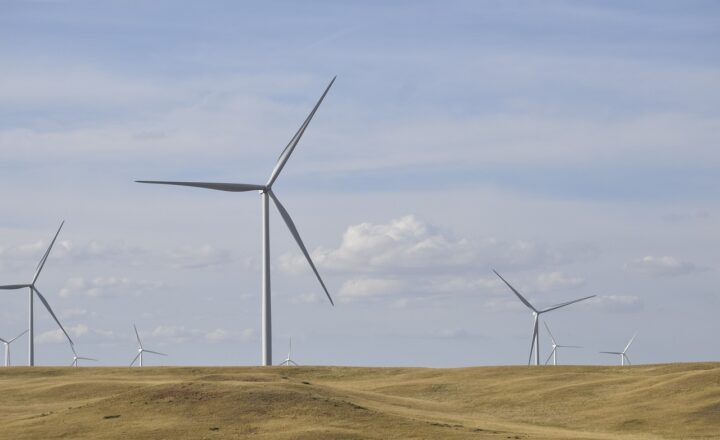
Air conditioning is a blessing during the sweltering heat of summer, but have you ever wondered how these sophisticated systems actually work? At its core, air conditioning provides cool air by utilizing principles of thermodynamics, fluid dynamics, and heat transfer. This article will take you on a journey through the science behind cooling systems, exploring how they function, their components, and their impact on our daily lives.
1. Understanding the Basics of Air Conditioning
Air conditioning systems cool indoor air by removing heat from it, effectively transferring the heat outside. This process is not just about cooling; it also involves filtering and dehumidifying the air to enhance comfort and air quality. Knowing how these systems operate involves understanding several fundamental concepts:
- Thermodynamics: The scientific principles dictating how heat energy is transferred and converted.
- Refrigeration Cycle: The method of moving heat from one area to another, commonly used in cooling systems.
- HVAC (Heating, Ventilation, and Air Conditioning): A term describing the technology employed in heating and cooling systems to maintain air quality and comfort levels we often enjoy in our homes and workplaces.
Understanding these concepts provides insight into the complexities of air conditioning systems and helps demystify their functionality.
2. The Refrigeration Cycle: The Heart of Air Conditioning
The refrigeration cycle is the process central to all air conditioning systems. It involves four major components: the evaporator, compressor, condenser, and expansion valve. Let’s break these down:
2.1 Evaporator Coil
The evaporator coil absorbs heat from the indoor air. When warm air blows over the evaporator, the refrigerant inside the coil evaporates and turns from a liquid into a vapor, stripping heat from the air. This also cools the air being circulated back into the room.
2.2 Compressor
After absorbing heat, the refrigerant vapor enters the compressor, which is often located outside. The compressor’s job is to compress the refrigerant gas. This action increases its pressure and temperature, enabling it to release the absorbed heat later in the cycle.
2.3 Condenser Coil
The hot, high-pressure vapor then moves to the condenser coil, where air or water cools it down. As the refrigerant loses heat to the outside air, it condenses back into a liquid state.
2.4 Expansion Valve
Finally, the cooled liquid refrigerant passes through an expansion valve. This drop in pressure allows the refrigerant to expand and return to the evaporator coil, completing the cycle. During this phase, the refrigerant cools further, ready to absorb heat from the indoor air once again.
The seamless flow of refrigerant within these components allows for an efficient transfer of heat, which is crucial for the cooling process.
3. Types of Air Conditioning Systems
Not all air conditioning systems function in the same way. They can be broadly classified into several types, each with its unique features and benefits:
- Central Air Conditioning: These systems cool entire buildings using a complex network of ducts and vents. They are ideal for large homes or commercial spaces where uniform cooling is essential.
- Ductless Mini-Split Systems: These systems consist of an outdoor compressor and one or more indoor units. They are more energy-efficient and provide targeted cooling for specific areas or rooms.
- Window Air Conditioners: A common choice for homes and small spaces, these units fit directly into windows and are suitable for cooling individual rooms.
- Portable Air Conditioners: Easy to move and install, these units require no permanent installation and are ideal for renters or temporary cooling needs.
Understanding the different types of air conditioning systems can help consumers choose the best option for their specific cooling requirements.
4. Benefits of Air Conditioning
Beyond mere comfort, air conditioning plays an essential role in enhancing our quality of life:
- Improved Air Quality: Air conditioners filter out dust, allergens, and pollutants, improving indoor air quality, thus benefiting respiratory health.
- Enhanced Comfort: By regulating temperature and humidity levels, air conditioning systems create a more comfortable living and working environment.
- Increased Productivity: In workplaces, a comfortable climate boosts employee productivity and overall morale.
- Preservation of Electronics: Controlled temperature lowers the risk of overheating electronic devices, prolonging their lifespan.
- Reduced Heat Stress: Prolonged exposure to high temperatures can lead to heat-related illnesses, making air conditioning a crucial factor in health and safety during the summer months.
As we see, what often appears to be a luxury is, in fact, an integral part of modern life that influences our health, productivity, and overall well-being.
5. The Future of Air Conditioning
As technology advances and the world grapples with climate change, the air conditioning industry is evolving too. Key trends to watch:
- Energy Efficiency: The focus on creating systems that use less energy while providing optimal cooling is paramount. Look for units with high SEER (Seasonal Energy Efficiency Ratio) ratings.
- Smart Technology: Integration with smart home technology, allowing users to control their systems remotely or set up automated cooling schedules.
- Sustainable Coolants: The phase-out of harmful refrigerants in favor of eco-friendly alternatives is being pushed globally to reduce the environmental impact of air conditioning systems.
The air conditioning landscape is changing, aiming for more sustainable and advanced solutions that cater to the demands of both consumers and the environment.
Conclusion
Air conditioning systems are an incredible feat of engineering that significantly enhances our lives, especially during hot and humid days. By understanding the science, mechanics, and benefits of air conditioning, we can appreciate the comfort it brings and the technology that helps make it possible. As we continue to innovate and embrace sustainable practices, the future of air conditioning looks promising, ensuring that we stay cool while caring for our planet.






